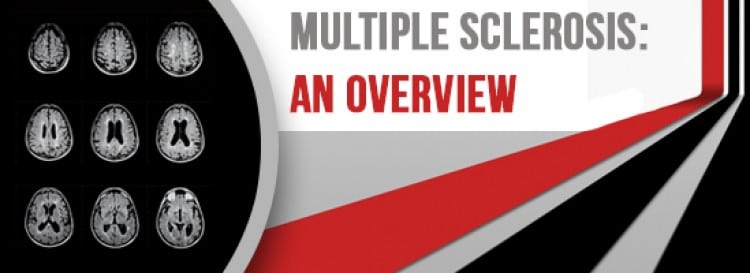
Multiple Sclerosis: An Overview
Multiple sclerosis (MS) is a disease caused by the immune system attacking myelin, a protective covering over the nerves. This disrupts important communication that is needed between the brain and the rest of the body. Over time, the nerves may deteriorate completely.
The exact cause of multiple sclerosis is unknown. It is considered an autoimmune disease. There are some factors that increase a patient’s risk of developing it—for example, individuals between the ages of 15 and 60 years are more likely to have it. Women are twice as likely to develop the disease as men. Caucasians and those with a family history of multiple sclerosis are also at an increased risk.
Symptoms
The symptoms of multiple sclerosis vary between each patient because it depends on the damage done to the nerves and which nerves are affected. For example, some patients with multiple sclerosis are unable to walk at all while others experience no trouble with walking.
Symptoms of multiple sclerosis can include: double vision, vision loss, tingling, weakness and numbness in limbs, tremors, fatigue, dizziness, slurred speech, and bladder and bowel problems. Some patients also experience muscle stiffness and mental changes, such as depression.
It is common for patients with multiple sclerosis to have new symptoms that develop and then partially improve, followed by a remission period where there are no new symptoms for a while. There is no specific test for multiple sclerosis, but your doctor might rule out other conditions using methods such as a blood test, MRI, or spinal tap.
Treatment
Unfortunately, there is no cure for multiple sclerosis. There are ways to manage symptoms and slow down the progression of the disease. Your doctor might prescribe corticosteroids to reduce inflammation of the nerves or other medications to block the immune system’s attack on myelin, reduce frequency of relapses, relax muscles, or manage fatigue. Your doctor might also suggest physical therapy to help you learn how to better perform daily tasks.
Your neurologist may also recommend that you get a lot of rest and also exercise regularly in order to improve your strength and balance. It can also be beneficial to find stress relieving techniques that work for you, such as yoga or meditation, and to find support among loved ones for dealing with the chronic disease.






